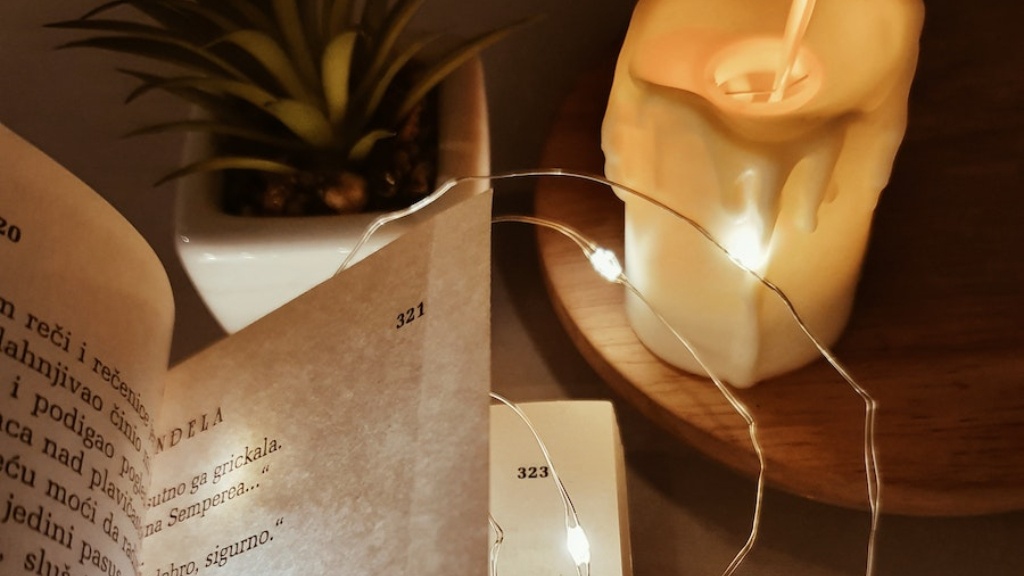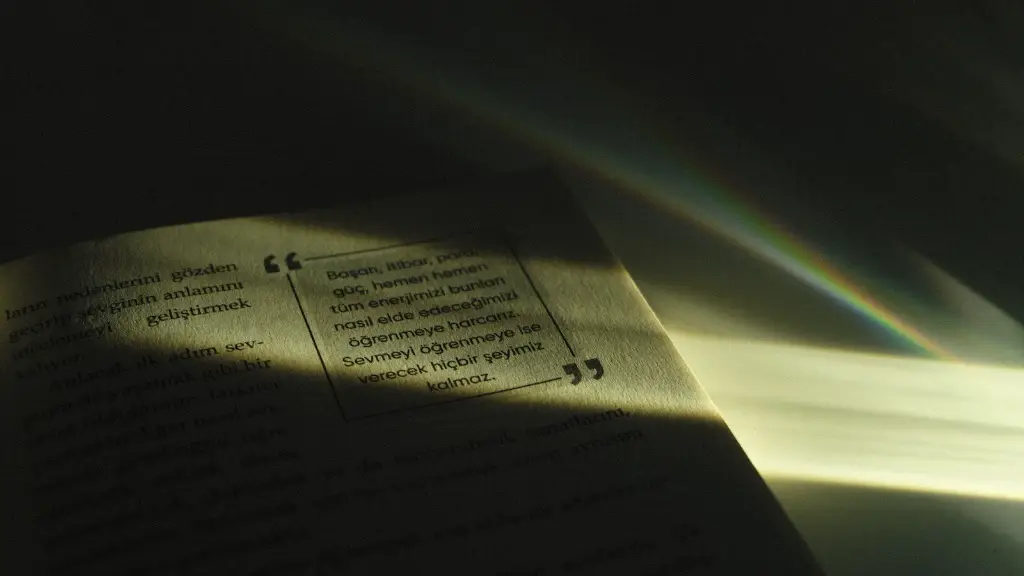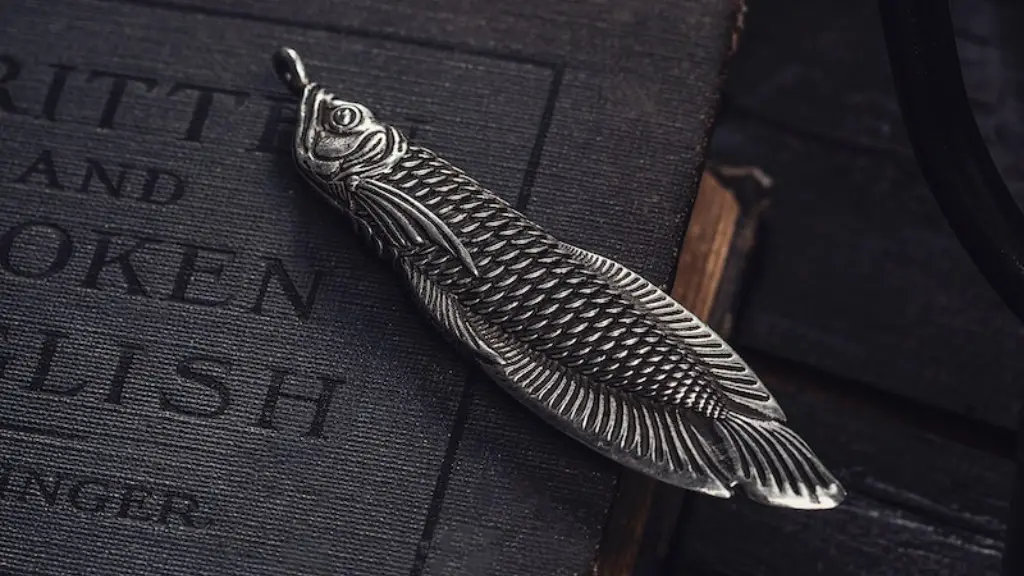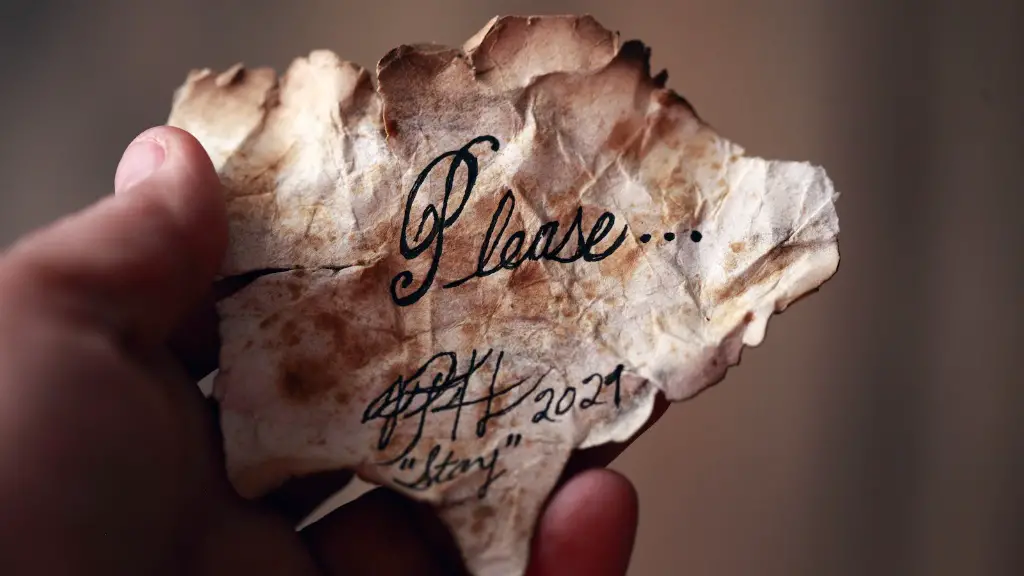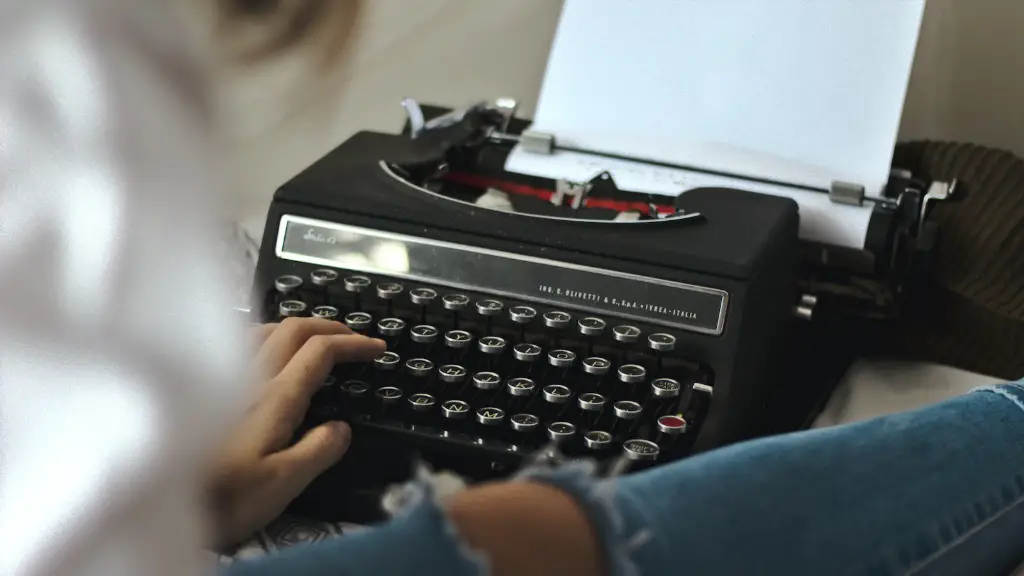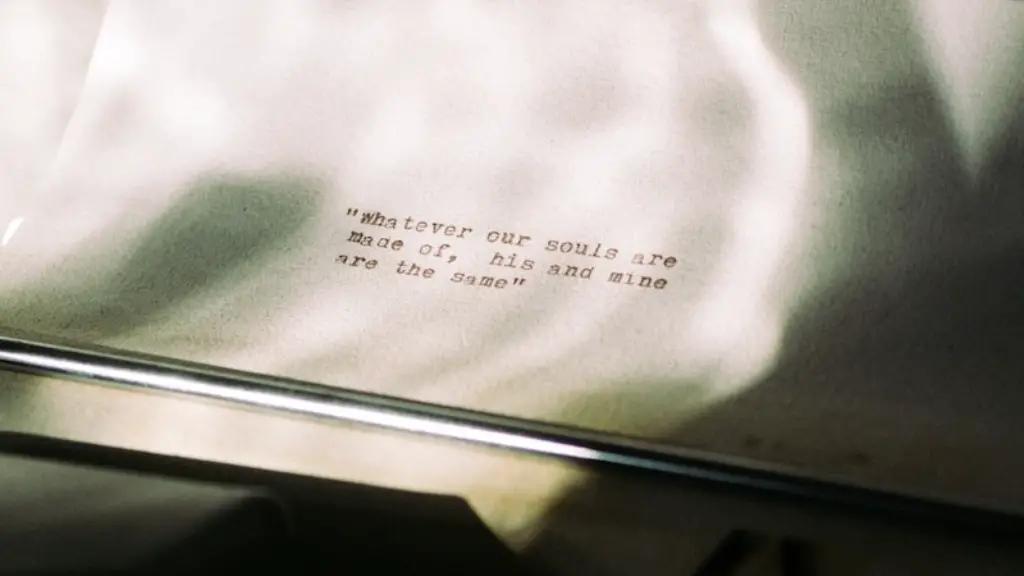Exposition Of Metrical Feet in Poetry
Metrical feet in poetry is the rhythmical beat of a poem. It is made up of stressed and unstressed syllables in a pattern. This is used to give the poem a sense of flow, rhythm, and structure. The pattern in which these syllables fall is known as a ‘metrical foot’. Metrical feet are used in many languages and can be found in the works of some of the most famous poets of all time.
The type of metrical feet in a poem is determined by the sequence of stressed and unstressed syllables within a line. Different types of feet may have different numbers of syllables, but the most common type is the ‘iambic’ meter. This type has two syllables, with the first syllable being unstressed and the second syllable being stressed. This type of foot is often used in poetry and is sometimes referred to as ‘the most natural sound’.
The use of different types of metrical feet is a way of adding variation and texture to a piece of poetry. Different meters can be combined to create the desired effect and create a sense of complexity. For example, a poem might use alternating iambic feet and trochees, which are a type of foot with one stressed syllable followed by one unstressed syllable.
The pattern of stressed and unstressed syllables can also help to create a rhythm or ‘beat’ to a poem. This can give a poem a rhythm that isn’t necessarily present in spoken language and can be used to create a memorable and engaging reading experience. It also allows for certain themes or ideas to be emphasized, depending on how the metrical feet are arranged.
Using metrical feet in poetry can help to give depth and artistry to the work. It is a popular technique used by poets and can be used to create a unique poem that stands out from the crowd. By using different types of metrical feet and combining them in different ways, poets can create a unique style of poetry and add visual interest to their work.
Rhyme Function Of Metrical Feet
Another common use of metrical feet in poetry is in the form of rhyme. Rhyme can be used to create a pattern of repetitions in a poem and can be used to create an interesting and engaging reading experience. Rhyme can be used to emphasize certain words or ideas in a poem and to emphasize the feelings of the poem.
Rhyme can be used to create a sense of unity within a poem and to create an overall cohesive tone. It also helps to give a poem an unmistakable sound, which can be very pleasing to the ear. The use of metrical feet in rhyme is a way of tying together the form, style, and content of a poem.
Rhyme can also be used to add humor and lightness to a poem. Rhyme can be used to create an amusing effect and can also provide a sense of levity and provide a break from the seriousness of the poem. For example, a poem about a serious topic might be broken up with humorous rhymes about the topic to lighten the mood.
Rhyme is often used to provide a sense of closure to a poem by ending on a rhyming line or phrase. This can be used to give a sense of resolution to the poem or to tie the poem together. A rhyme can also provide a sense of poetic justice and provide a sense of justice and reward to the poem.
The use of rhyme can also be used to create a sense of rhythm in a poem. Rhyme can be used to tie the poem together and create a flow that makes the poem easier to read and more engaging. The use of this technique is often seen in ballads, where the rhymes play an important role in creating an enjoyable and captivating reading experience.
Alliteration Contribution Of Metrical Feet
Another way in which metrical feet can be used in poetry is in the form of alliteration. Alliteration is the repetition of sounds at the beginning of words in a poem. This can be used to add excitement and energy to a poem, as well as to emphasize certain words. Alliteration can also be used to give a poem a certain rhythm and structure.
Alliteration can be used to create a sense of unity and flow within a poem. The repetition of sounds can be used to tie a poem together and create a sense of cohesion and harmony. The use of alliteration can also add a musical quality to a poem and can make it more intriguing.
Alliteration is also used to emphasize certain words or ideas within a poem. For example, a poet may use this technique to emphasize an important message or emotion. This can be used to draw attention to certain aspects of the poem, depending on what the poet wishes to emphasize.
Alliteration can also be used to add a sense of fun to a poem. This technique can be used to create a light-hearted atmosphere and add a humorous element to the poem. This can be used to create a sense of joy and uplift the reader’s spirits.
Alliteration can also be used to create a sense of rhythm or repetition within a poem. This can be used to enhance the flow of the poem and to create a more harmonic and cohesive reading experience. The use of this technique can create an interesting effect that can help to make a poem stand out from the crowd.
Personification Implication Of Metrical Feet
The next use of metrical feet in poetry is in the form of personification. Personification is the act of giving human qualities or characteristics to inanimate objects or animals. This can be used to add a sense of depth and emotion to a poem, as well as to give a more vivid description of something.
Personification can be used to add a sense of emotion to a poem. By giving an inanimate object or animal certain characteristics, it can be made to seem more alive and more relatable. This can help draw emphasis to certain aspects of a poem and to give the reader insight into a poem’s meaning.
Personification can also be used to create a vivid or exciting image in a poem. For example, this technique can be used to create a picture of a storm or of a raging sea. By giving the inanimate objects or animals human qualities, the poet can create a more vivid and engaging image.
Personification can also be used to give a poem a more lighthearted or humorous tone. This type of writing can be used to capture the readers’ attention and make them laugh. It can also be used to add a sense of fun to a poem and make it more enjoyable to read.
The use of personification can also give a poem a certain theme or tone. By giving certain objects or animals certain qualities, the poet can emphasize a certain emotion or idea. This can be used to give the poem a certain atmosphere and to draw the reader in to the mood of the piece.
Simile Assimilation Of Metrical Feet
Simile is another way in which metrical feet can be used in poetry. Simile is a comparison of two different things, usually using the words ‘like’ or ‘as’. This can be used to give the reader a better understanding of the poem’s meaning and to make the poem more vivid.
Simile can be used to add a new perspective to a poem and to make it more interesting. By comparing two different things, a poet is able to explain the similarities between them and make the poem more meaningful. This can be used to draw attention to certain aspects of the poem and to emphasize certain ideas or emotions.
Simile can also be used to create a more exciting or detailed description of something. By comparing two different things, the poet can create a more vivid image and convey more information about the topic. This can help make a poem more engaging and memorable.
Simile can also be used to add a humorous or lighthearted tone to a poem. By comparing two things that are not traditionally seen as similar, the poet can create a humorous comparison. This can be used to add a sense of fun and levity to a poem and to make it more enjoyable to read.
Simile can also be used to add a sense of rhythm or structure to a poem. By comparing two different things, the poet can create a pattern of repetition or rhyme that creates a sense of rhythm in the poem. This can be used to give the poem a certain flow and to make it more enjoyable to read.
Metaphor Resonance Of Metrical Feet
Another way in which metrical feet in poetry can be used is in the form of metaphor. Metaphor is a comparison of two different things without the use of words like ‘like’ or ‘as’. This can be used to give a more vivid description of something or to emphasize certain aspects of a poem.
Metaphor can be used to give a poem a more vivid and engaging description. By comparing two different things without using words like ‘like’ or ‘as’, the poet can create a more vivid and memorable image. This can be used to draw attention to certain ideas or emotions within a poem.
Metaphor can also be used to add humor and lightness to a poem. By making a humorous comparison between two things, the poet can add a lighthearted and amusing tone to the poem. This can be used to make the poem more enjoyable to read and to provide a break from the seriousness of the poem.
Metaphor can also be used to add a sense of rhythm or structure to a poem. By making a comparison without using words like ‘like’ or ‘as’, the poet can create a pattern of repetition that can create a sense of rhythm in the poem. This can be used to add a sense of flow and make the poem more enjoyable to read.
Metaphor can also be used to add a sense of unity to a poem. By making a comparison between two different things, the poet can emphasize certain ideas or emotions within the poem. This can be used to add a sense of continuity and cohesion to a poem and make it more memorable.
